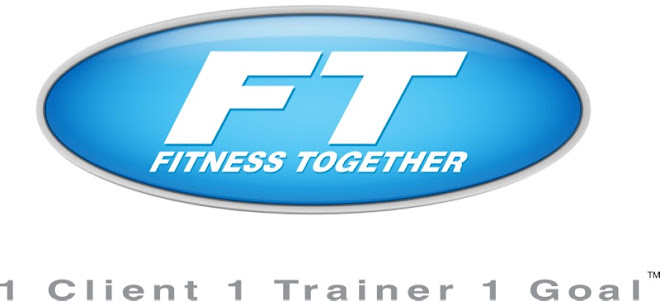
Q: I am trying to be mindful of the sodium listed on food labels. How much is too much?
A: One quick tip is to look at the “% DV” (percent of Daily Value) listed for sodium. Total daily sodium consumption should be less than the DV of 2,400 milligrams (mg). If a food supplies 20 percent of sodium’s DV (480 mg), it is considered high in sodium. If the product is a whole meal or a prepared main dish, more than 600 mg per serving is considered high.
If you eat out a lot or tend to eat high-sodium snack foods or processed foods, you should practice extra caution with your other food choices. Aim to fill the majority of your diet with naturally low-sodium vegetables, fruits and unprocessed grains. Also note that the nutrient content percentages on food labels apply to the designated serving size. If you eat a larger portion than what is listed, you can quickly increase your sodium intake. Finally, since the “% DV” refers to the limit of 2,400 mg of sodium, it’s not an accurate gauge of the 1,500 mg limit that is recommended for those who are salt-sensitive (people with high blood pressure and many African-American, middle-aged and older adults). If this includes you, you can still use the “% DV” figure to scan for higher and lower sodium foods, but realize that you are aiming to keep your daily total at roughly 60 percent of DV.
A: One quick tip is to look at the “% DV” (percent of Daily Value) listed for sodium. Total daily sodium consumption should be less than the DV of 2,400 milligrams (mg). If a food supplies 20 percent of sodium’s DV (480 mg), it is considered high in sodium. If the product is a whole meal or a prepared main dish, more than 600 mg per serving is considered high.
If you eat out a lot or tend to eat high-sodium snack foods or processed foods, you should practice extra caution with your other food choices. Aim to fill the majority of your diet with naturally low-sodium vegetables, fruits and unprocessed grains. Also note that the nutrient content percentages on food labels apply to the designated serving size. If you eat a larger portion than what is listed, you can quickly increase your sodium intake. Finally, since the “% DV” refers to the limit of 2,400 mg of sodium, it’s not an accurate gauge of the 1,500 mg limit that is recommended for those who are salt-sensitive (people with high blood pressure and many African-American, middle-aged and older adults). If this includes you, you can still use the “% DV” figure to scan for higher and lower sodium foods, but realize that you are aiming to keep your daily total at roughly 60 percent of DV.
Karen Collins is a registered dietician for 'Health and Fitness Sports Magazine' 2009.
Edited by Fitness Together Lake Forest Staff









I was wondering if after I work out my calorie level is below 1200, is that okay?
ReplyDelete